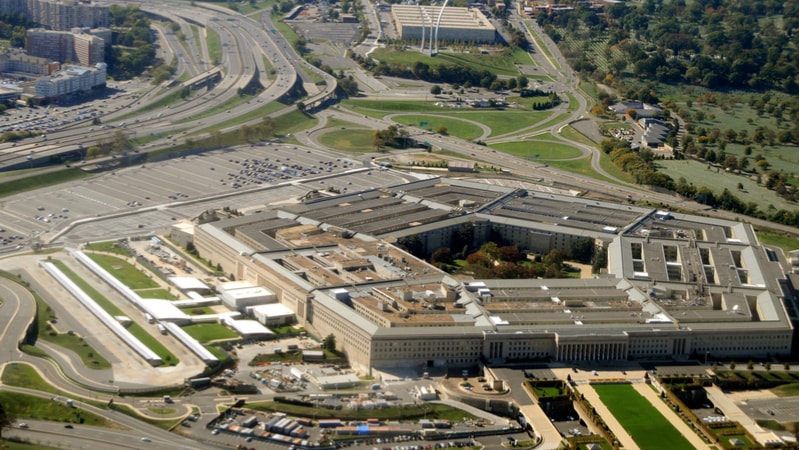
The Pentagon’s Defense Innovation Unit (DIU) expects to go public later this month with the first of a series of solicitations to the private sector for help with the Defense Department’s (DoD) Replicator initiative that aims to quickly roll out thousands of inexpensive autonomous systems to counter China’s military mass.
The initiative was unveiled in late August by Deputy Secretary of Defense Kathleen Hicks, who said the goal of the effort is for DoD to field “multiple thousands” of autonomous systems within the next 18 to 24 months. Hicks said the driving force behind the Replicator project is to meet the challenge of China’s military advantage – which she characterized as “more ships, more missiles, more people” – with U.S. weapons that will be “harder to plan for, harder to hit, and harder to beat.”
The DoD official also said the initiative will bring a new focus on faster creation of weapons systems. “Replicator will galvanize progress in the too-slow shift of U.S. military innovation to leverage platforms that are small, smart, cheap, and many,” Hicks said.
In a Nov. 30 announcement, DIU said it “plans to post solicitations related to Replicator on the DIU website, starting in December.”
The first of those solicitations is expected to “request new capabilities related to uncrewed aerial systems not currently on contract,” DIU said.
Early in 2024, DIU plans to host a technology summit event in the Washington, D.C., area “to provide industry with more detail about broad Replicator opportunities, and include workshops on how dual-use commercial technology solutions can be repurposed toward supporting warfighter needs,” the agency said.
“We have confidence that the parallel efforts to address both existing systems and new-entrant focus areas will enable us to meet the goals for Replicator set forth by the Deputy within the targeted time frame,” commented Doug Beck, DIU’s director and a senior advisor to the Secretary of Defense.
“Replicator is first and foremost about transforming internal processes to accelerate capabilities in their lifecycle, and the team will be looking at many different systems to accelerate emerging technology that can support our warfighters’ efforts,” Beck said.
“The Defense Department has already demonstrated that, with concerted senior-level focus, the right technologies can make it across the various valleys of death, from capability development all the way through fielding to the warfighter,” said Hicks in the Nov. 30 announcement. “Replicator is about leveraging authorities that Congress has already granted the DoD to deliver combat-credible capabilities faster and at scale.”
The Defense Innovation Working Group chaired by Beck, along with an innovation steering group co-chaired by Hicks and Joint Chiefs Vice Chairman Christopher Grady, has been focused since September on key facets of the Replicator project including understanding warfighter needs and pinpointing “mission areas for all-domain attributable autonomy (ADA2) to address,” DIU said.
They have also been focused on surveying existing ADA2 capabilities already underway across U.S. military service branches, nominating systems that can best support identified mission sets, and evaluating those systems “against a set of criteria in order to identify which ones Replicator will accelerate first,” DIU said.
“The innovation of the U.S. industrial base provides an asymmetric advantage that aids our decision superiority,” added Admiral John Aquilino, Commander, U.S. Indo-Pacific Command. “My number one priority is to accelerate and deliver the capabilities needed to stay ahead of any competitors, integrated across the joint force and in concert with Allies and partners, in order to fight and win any potential conflict.”
